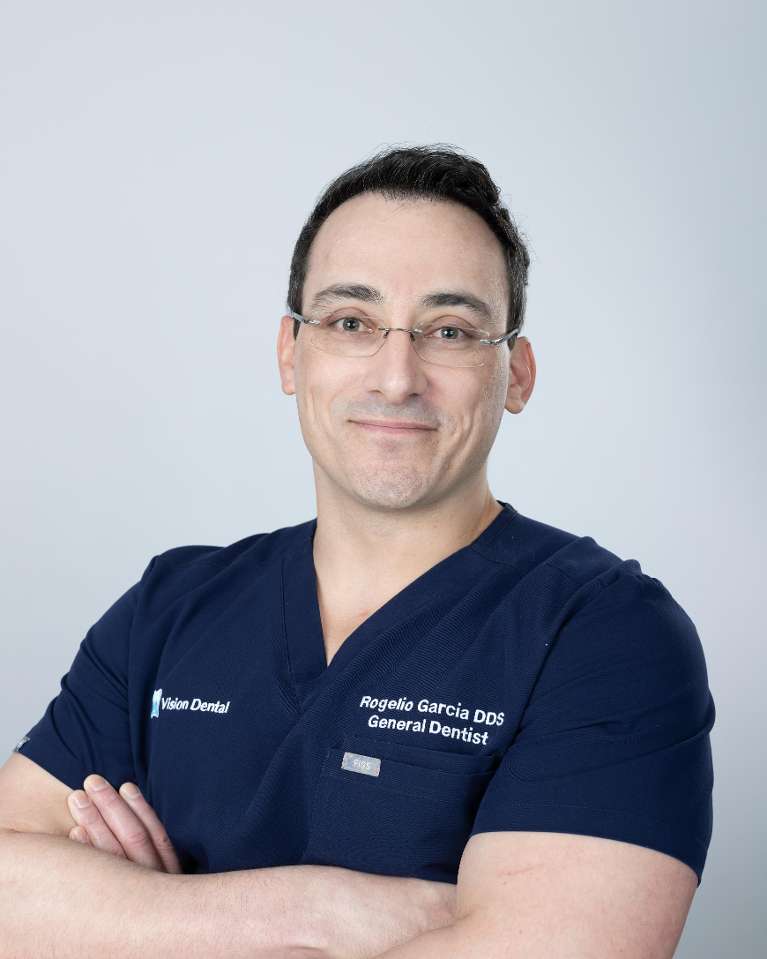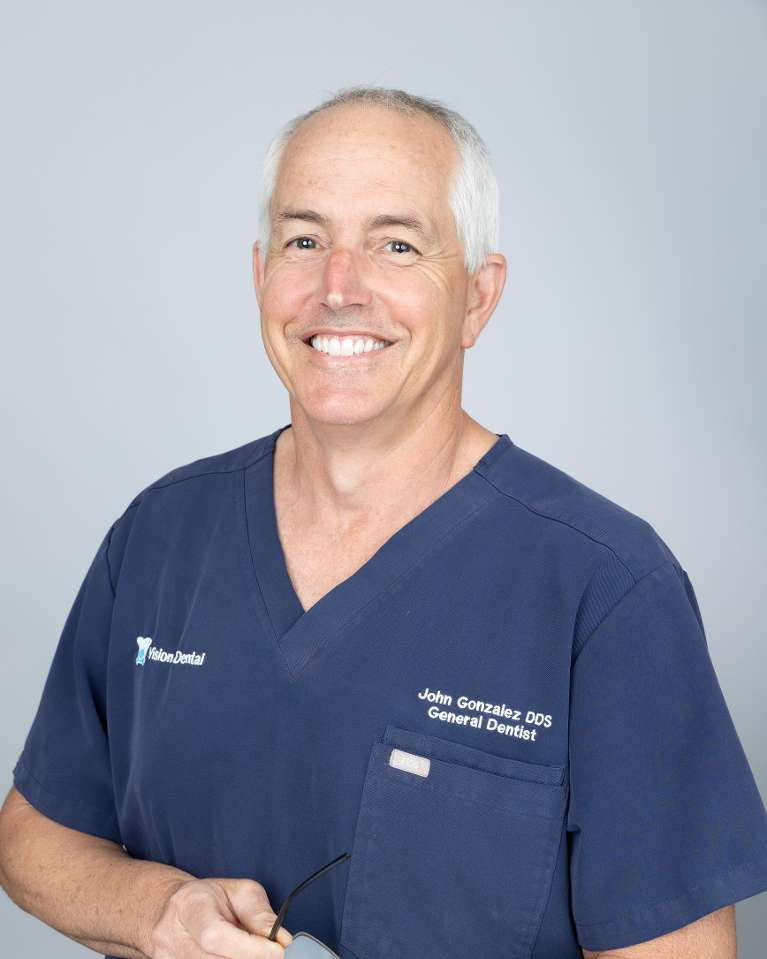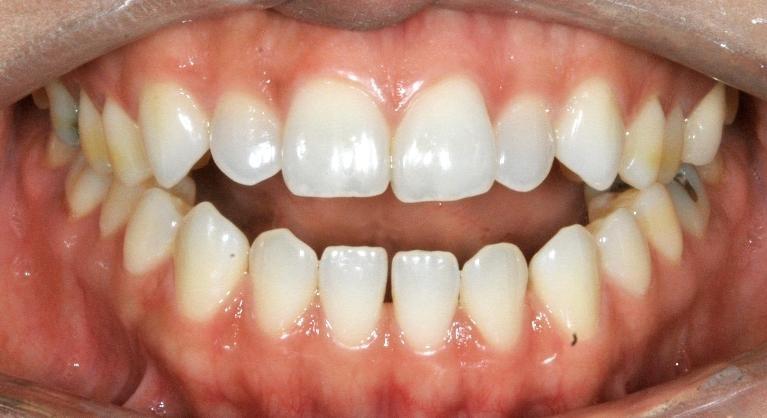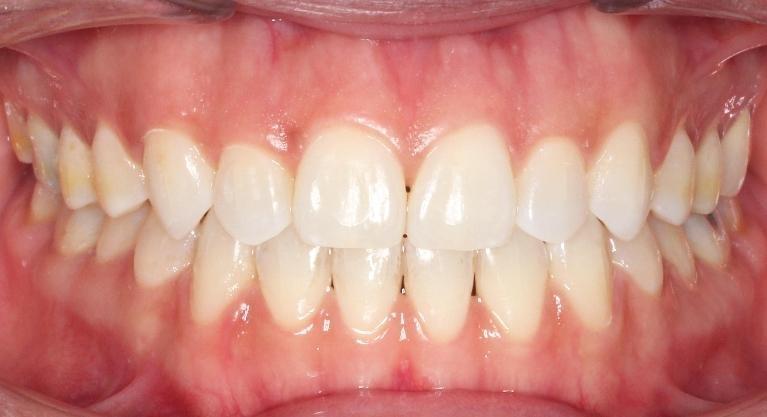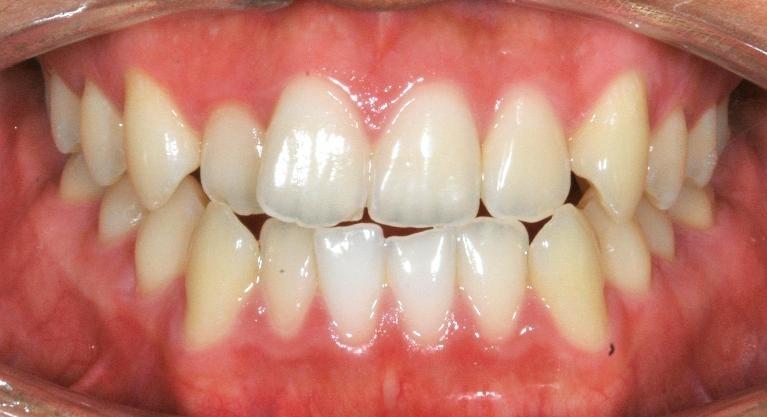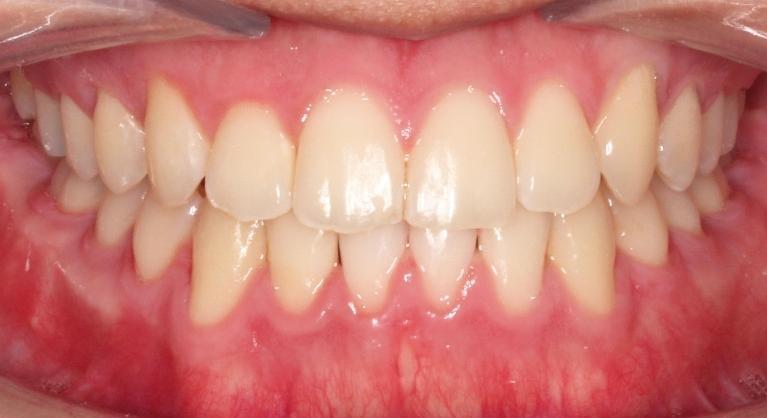Temporary Anchorage Devices in Santa Monica
What Are TADs?
Temporary Anchorage Devices (TADs) are small, hypoallergenic, medical-grade titanium alloy pins. They are used to aid in more difficult types of orthodontic tooth movement, and have now allowed orthodontists to treat a broader range of cases that could not be treated before with braces alone. They range from 1-2mm in diameter and 6-9mm in length, and resemble the size of an earring stud.
How Are They Placed?
The placement of the TAD requires a small amount of numbing agent and takes only a few minutes. After it is placed, it is important that you keep the area clean by brushing and rinsing gently, ideally after each meal. A chlorhexidine mouthwash may be recommended to keep the gums and surrounding area healthy.
After your TAD is placed, elastics or springs will be tied to it to starting moving your teeth. You may feel minor discomfort and can take over-the-counter pain relievers for the first few days, only as needed. As orthodontic force is applied to your TAD, it is not uncommon for it to become loose over time and need to be replaced.
Are TADs Right for You?
Dr. Cheng is conservative in her decision to recommend TAD usage with your braces treatment. We will only recommend it if the benefits outweigh the risks, and we will always provide you with all treatment options available for your case.
How Are They Used?
Preventing the Need for More Invasive Surgery
Closure of an anterior open bite (when the front teeth do not come together) has been traditionally done with orthognathic surgery. Alternatively, a TAD can be placed in the palate, or the roof of your mouth, as a more conservative option with stable long-term results.
Widening of a narrow upper jaw in adults has traditionally been done with orthognathic surgery. A less invasive alternative is to place TADs in combination with a palatal expander.
Preventing the Need for Dental Implants
Large spaces caused by missing teeth can be difficult to close completely with braces alone. The placement of a TAD between the teeth can serve as a point of anchorage to completely close a large space and prevent the need for future implant work.
Eliminating the Need for Compliance with Removable Appliances
If you or your child are not able to wear elastics, headgear, or other removable appliances as recommended, your treatment may be taking longer than estimated. TADs can be placed as an alternative way to move teeth in the desired direction so that your orthodontic treatment can be completed within a reasonable timeframe.
How Will It Be Removed?
Once your teeth have moved to their final position, your TAD can be removed. The removal process takes only a couple minutes and a numbing agent is usually not necessary. It is typically a quick and pain-free procedure.




